Tropical fish are a fascinating addition to any aquarium, but some are harder to find than others. These rare species captivate enthusiasts with their unique appearances and challenging care requirements. Let’s explore a selection of hard-to-find tropical fish that stand out for their rarity and beauty.
Blue Phantom Pleco (Hemiancistrus sp. L128)
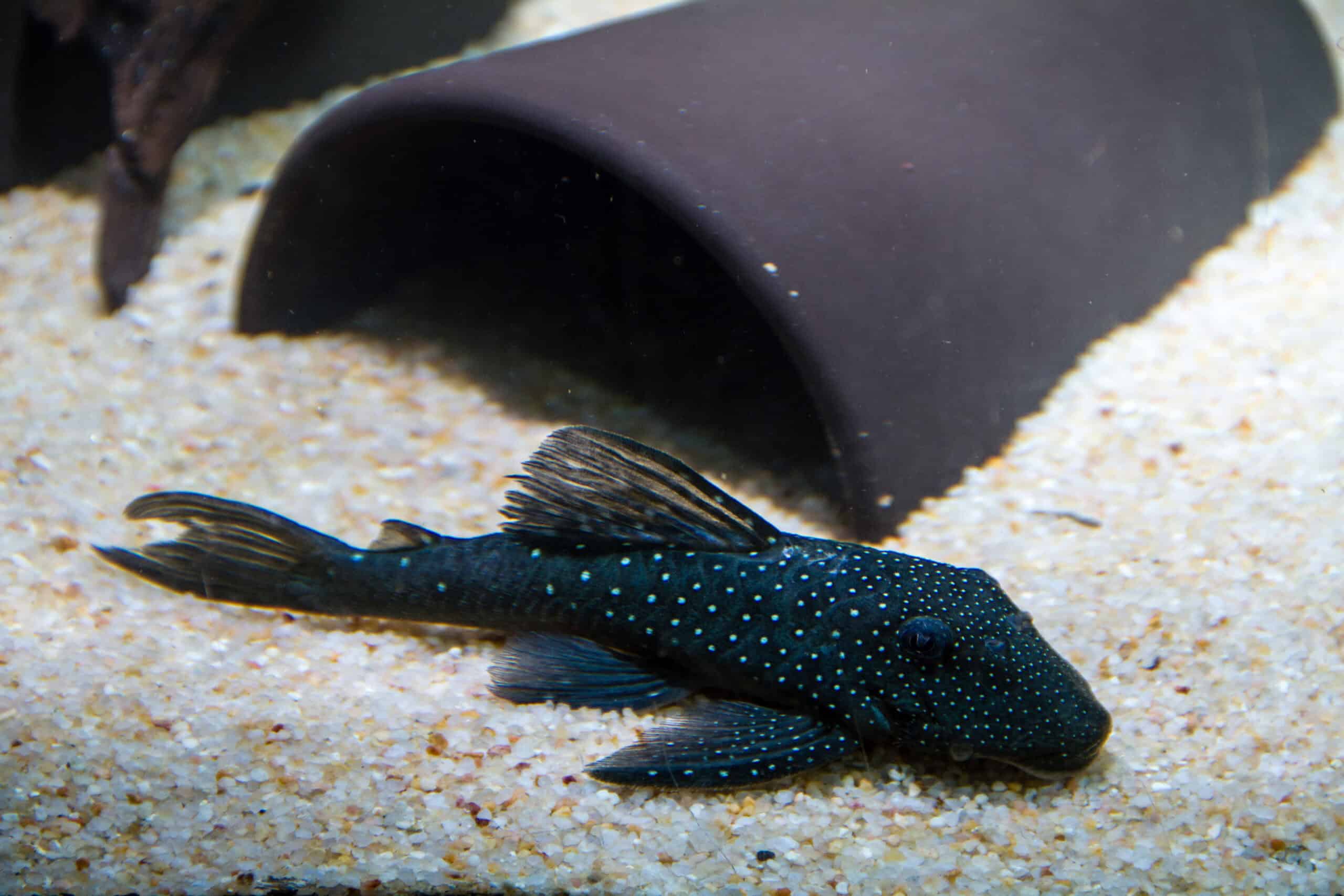
The Blue Phantom Pleco is a striking fish with its deep blue body adorned with small white spots. This species thrives in fast-flowing rivers in South America, making it challenging to replicate its natural habitat in captivity. Its rarity is due to its specific water conditions and limited geographical range. Aquarium enthusiasts prize the Blue Phantom Pleco for its unique appearance and peaceful nature. Keeping this fish requires a well-oxygenated tank with plenty of hiding spots and a diet rich in algae and vegetables. Its beauty and unique care needs make it a sought-after addition to any collection.
Queen Arabesque Pleco (Hypancistrus sp. L260)
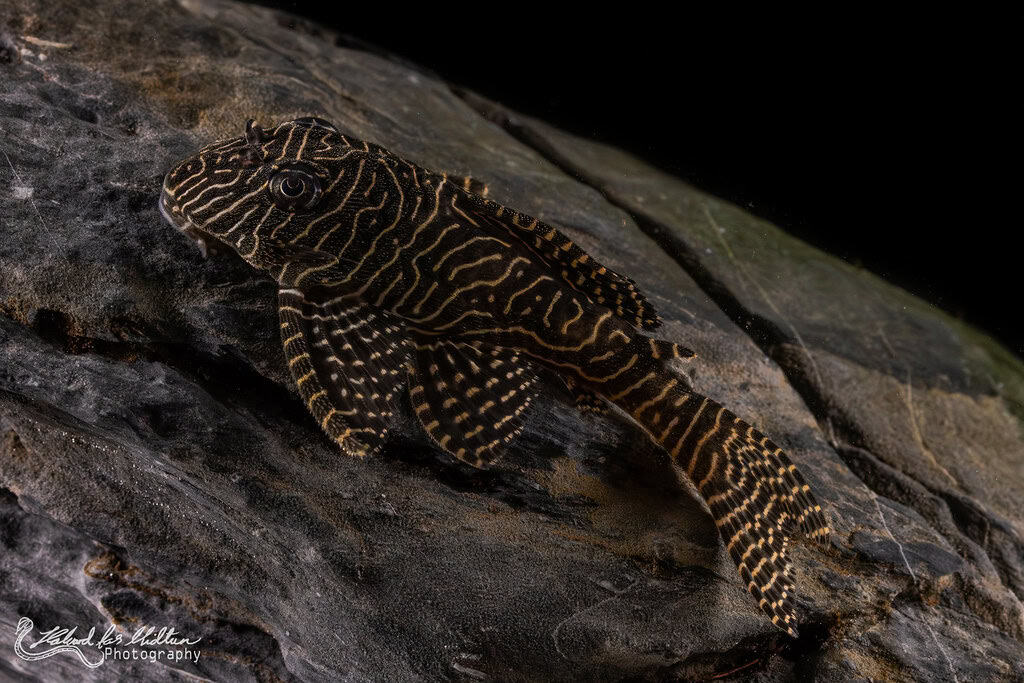
The Queen Arabesque Pleco boasts intricate black and white patterns that resemble Arabic script. Native to the Rio Tapajós in Brazil, this fish is challenging to find due to its specialized breeding requirements and over-collection in the wild. Aquarists appreciate the Queen Arabesque Pleco for its stunning appearance and calm demeanor. It requires a well-maintained tank with clean water and ample hiding spaces. This fish’s intricate markings and specific care needs make it a rare gem in the aquarium world.
Zebra Pleco (Hypancistrus zebra)
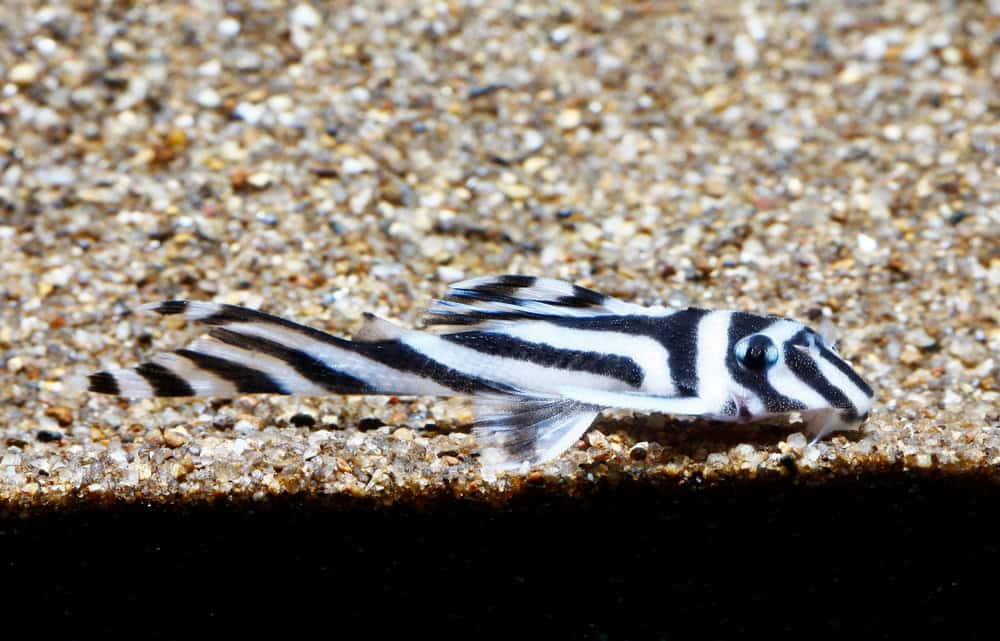
Zebra Plecos are famous for their bold black and white stripes. Found exclusively in Brazil’s Xingu River, their habitat is threatened by dam construction, contributing to their scarcity. These fish are also difficult to breed in captivity, adding to their rarity. Enthusiasts admire the Zebra Pleco for its striking looks and peaceful nature. Maintaining this species involves providing a habitat with plenty of hiding spots and a diet rich in protein. Their unique stripes and challenging care make them a prized possession for collectors.
Altum Angelfish (Pterophyllum altum)
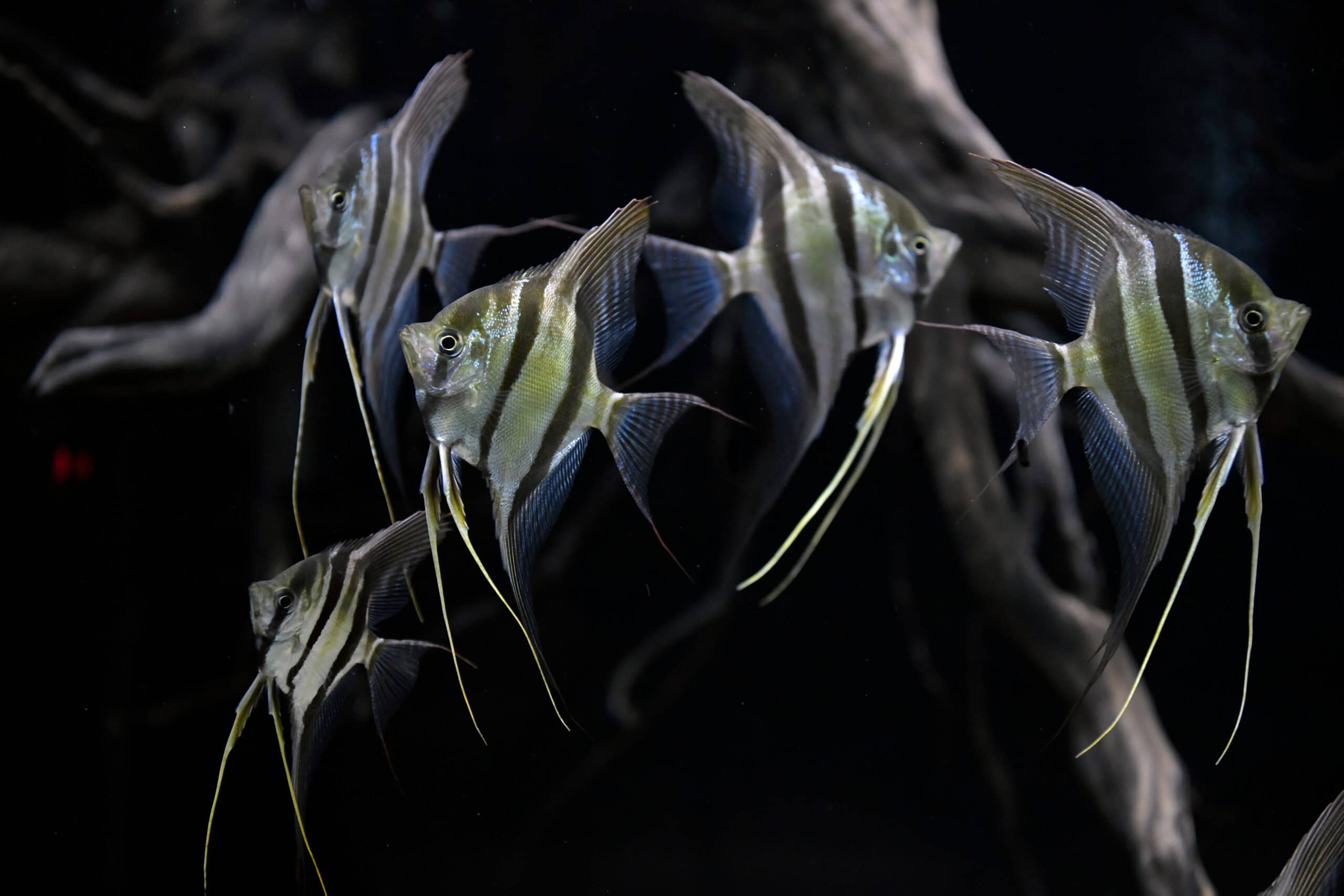
The Altum Angelfish is distinguished by its tall, slender body and long fins. This species is native to the Orinoco and Rio Negro basins. It is delicate and difficult to breed, which contributes to its rarity in the aquarium trade. Aquarists value Altum Angelfish for their graceful appearance and gentle behavior. They require specific water conditions and a well-planted tank to thrive. Their elegant shape and care requirements make them a coveted addition to any collection.
Arapaima (Arapaima gigas)
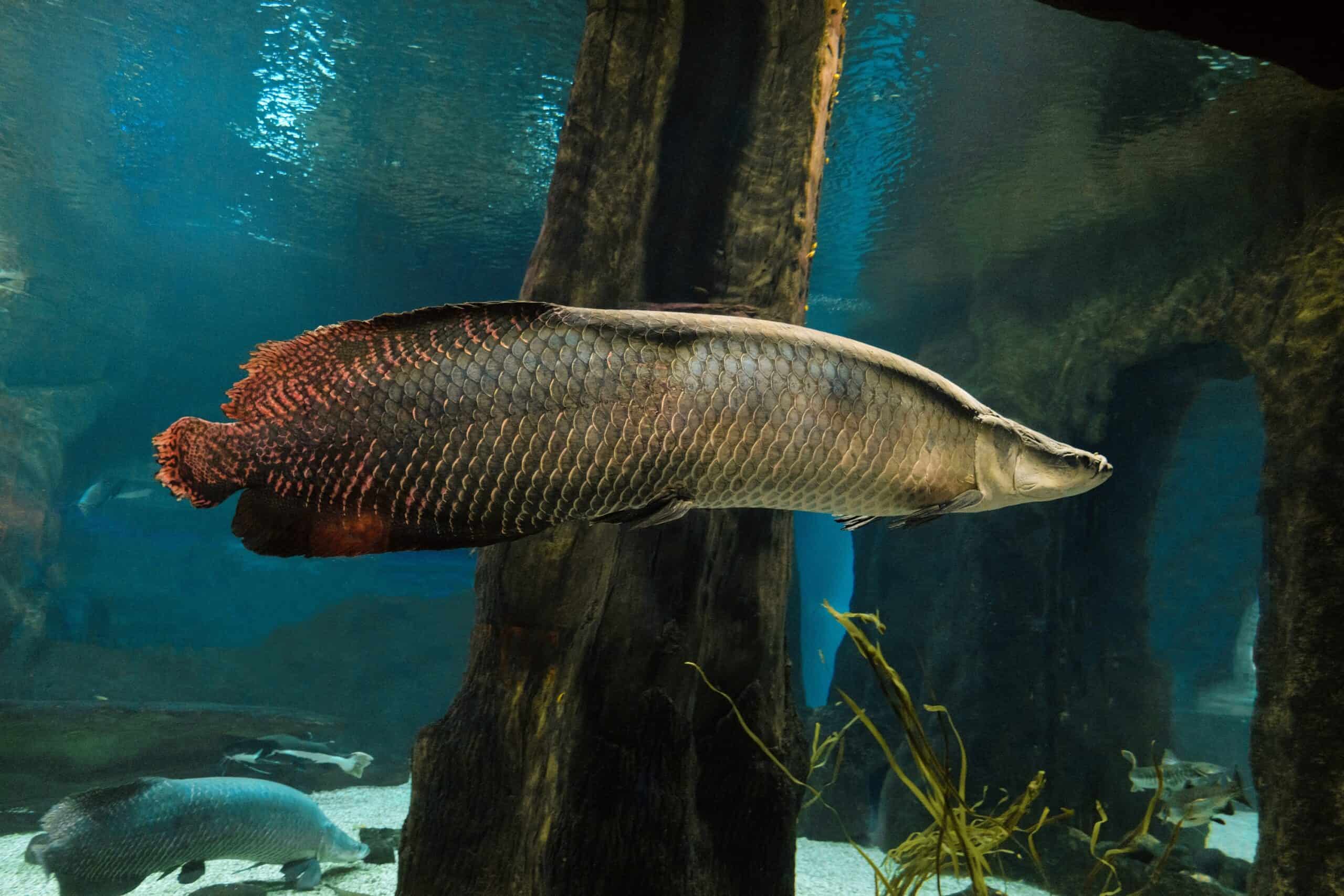
Arapaima are among the largest freshwater fish, native to the Amazon Basin. They can grow up to 10 feet long, making them unsuitable for most home aquariums. Their size and the specific conditions they need contribute to their rarity. Despite their impressive size, Arapaima are admired for their unique breathing behavior and prehistoric appearance. Keeping these fish requires a large, well-maintained environment with plenty of space to swim. Their size and care needs make them a challenging but rewarding species for experienced aquarists.
Jardini Arowana (Scleropages jardinii)
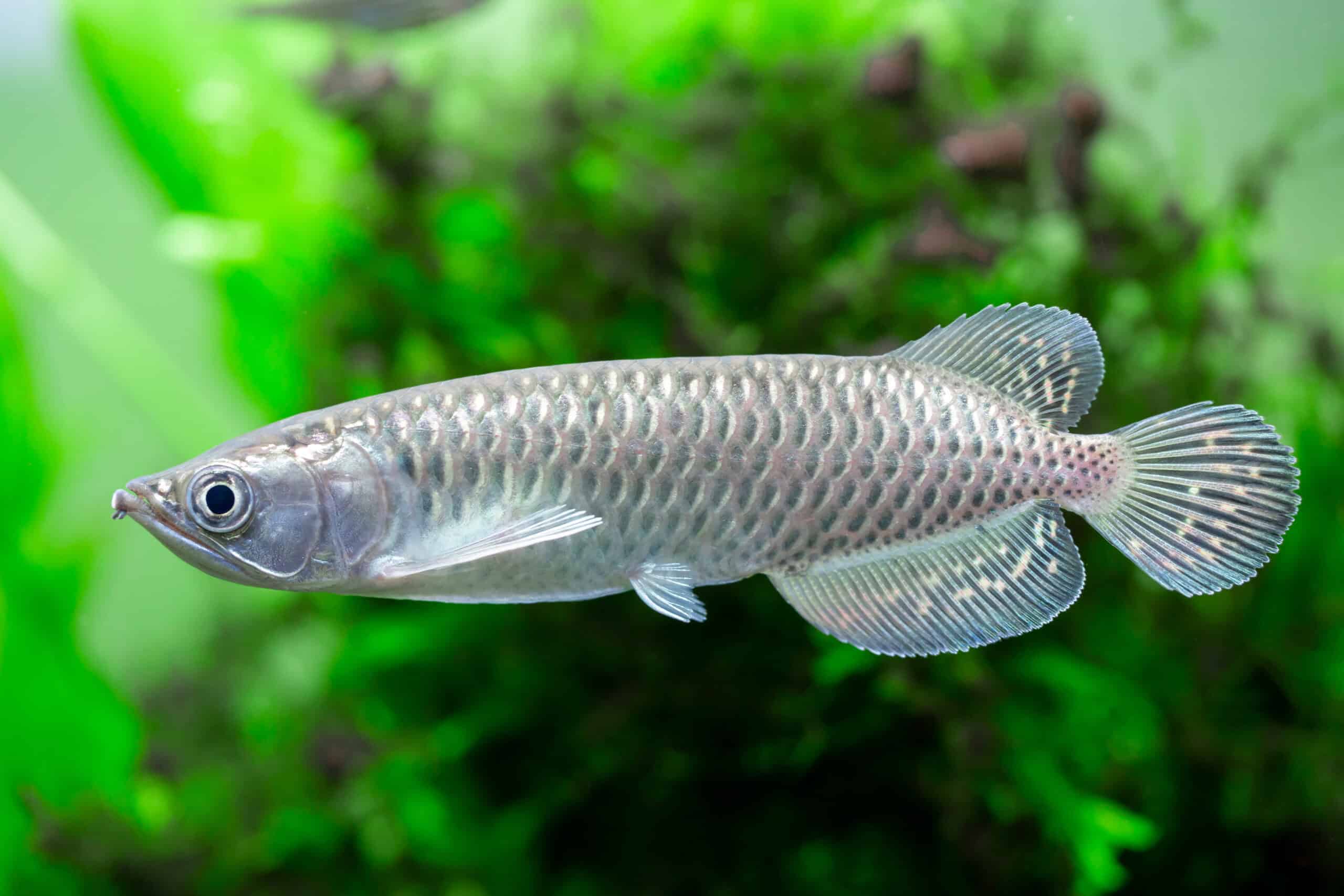
The Jardini Arowana features a metallic sheen that sets it apart. Native to Northern Australia and New Guinea, this fish is rare due to strict export regulations and its aggressive nature. Its impressive appearance makes it a sought-after species despite these challenges. Aquarists who keep Jardini Arowana appreciate their beauty and unique swimming patterns. They require a spacious tank and a varied diet to thrive. Their metallic scales and specific care needs make them a prized addition to specialized collections.
African Butterflyfish (Pantodon buchholzi)
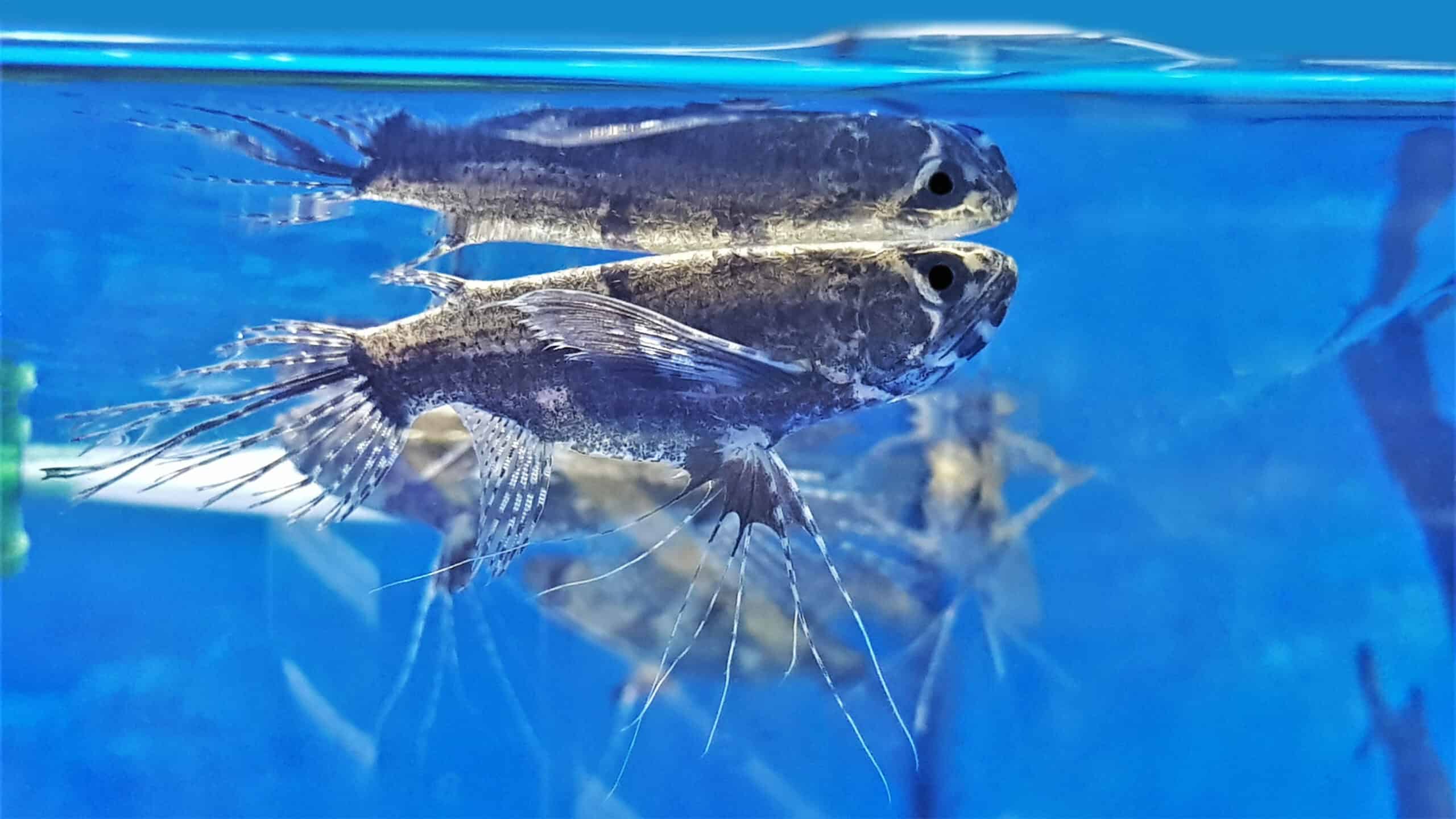
The African Butterflyfish is known for its wing-like pectoral fins. Found in West Africa’s slow-moving streams and ponds, it is rare due to its specialized habitat needs. This fish’s unique appearance and behavior make it a fascinating species for enthusiasts. Keeping African Butterflyfish requires a tank with calm water and floating plants to mimic their natural environment. They are also known for their ability to jump, so a covered tank is essential. Their distinctive fins and specific care needs make them a unique addition to any aquarium.
Freshwater Sawfish (Pristis pristis)
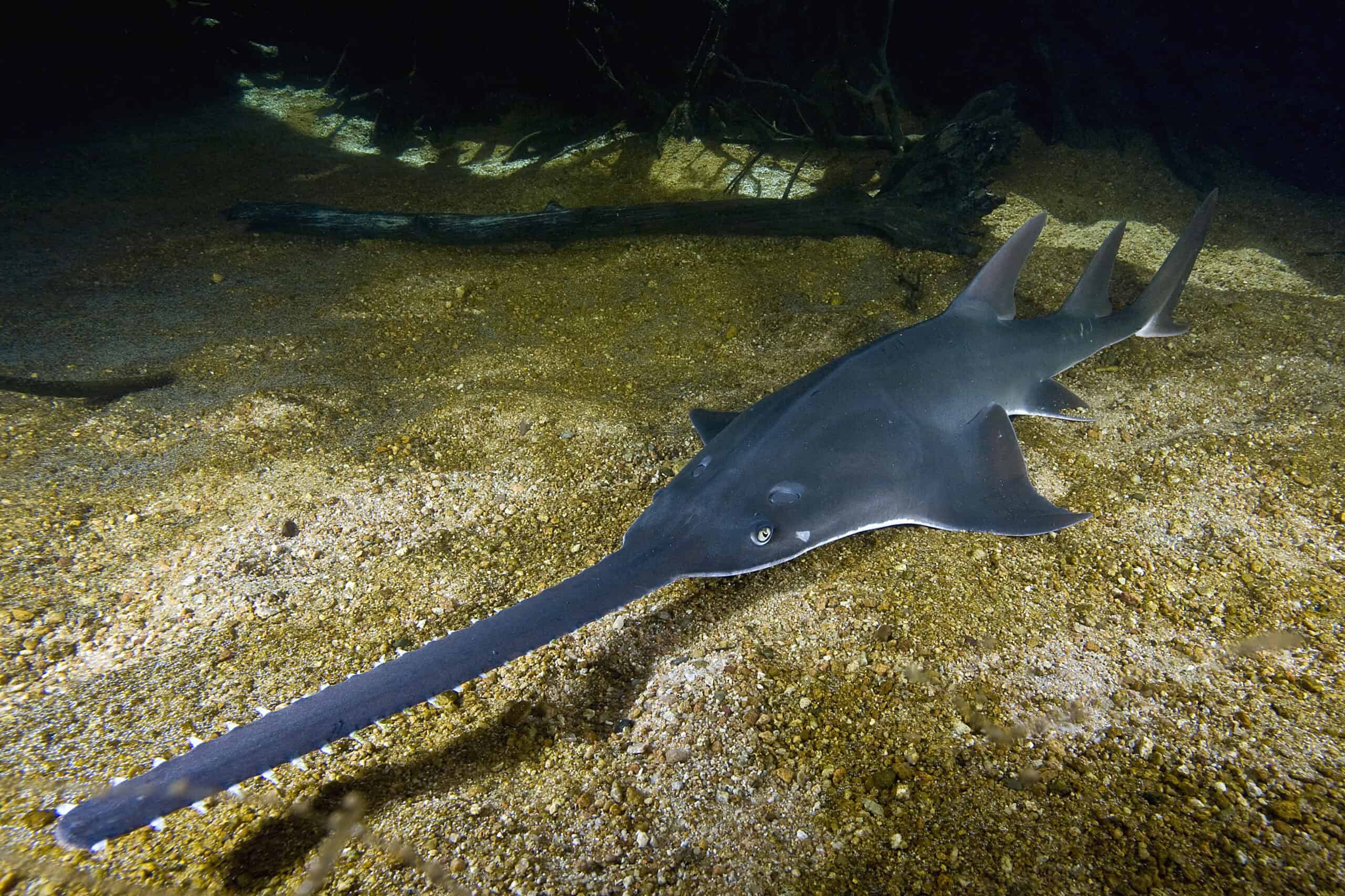
The Freshwater Sawfish is critically endangered and native to river systems in Northern Australia and Papua New Guinea. Its large size and conservation status make it extremely rare in captivity. This species is known for its long, saw-like snout and impressive size. Aquarists who manage to keep Freshwater Sawfish need a large, well-maintained environment to support their growth. Their unique appearance and endangered status make them a challenging but rewarding species for dedicated enthusiasts.
Red Tail Shark (Epalzeorhynchos bicolor)
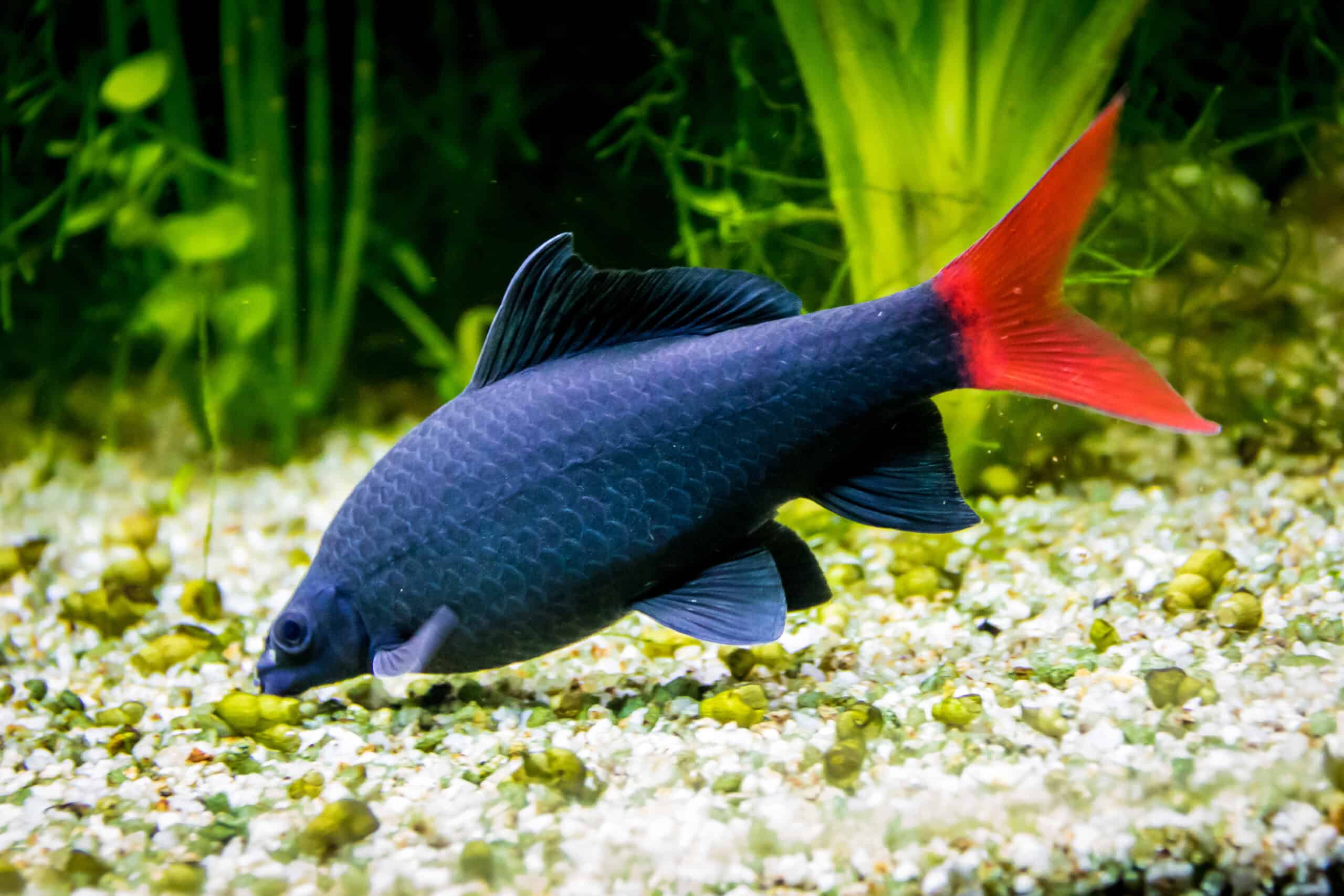
The Red Tail Shark is known for its striking black body and vibrant red tail. Native to Thailand, this fish is often hard to find due to habitat destruction and overfishing. They prefer well-planted tanks and can be territorial, making them a challenge for community tanks. They are active swimmers and require ample space to thrive. Keeping them in optimal conditions can be tricky, as they need specific water parameters to remain healthy. Their unique appearance makes them a prized possession for many aquarium enthusiasts.
Discus Fish (Symphysodon spp.)
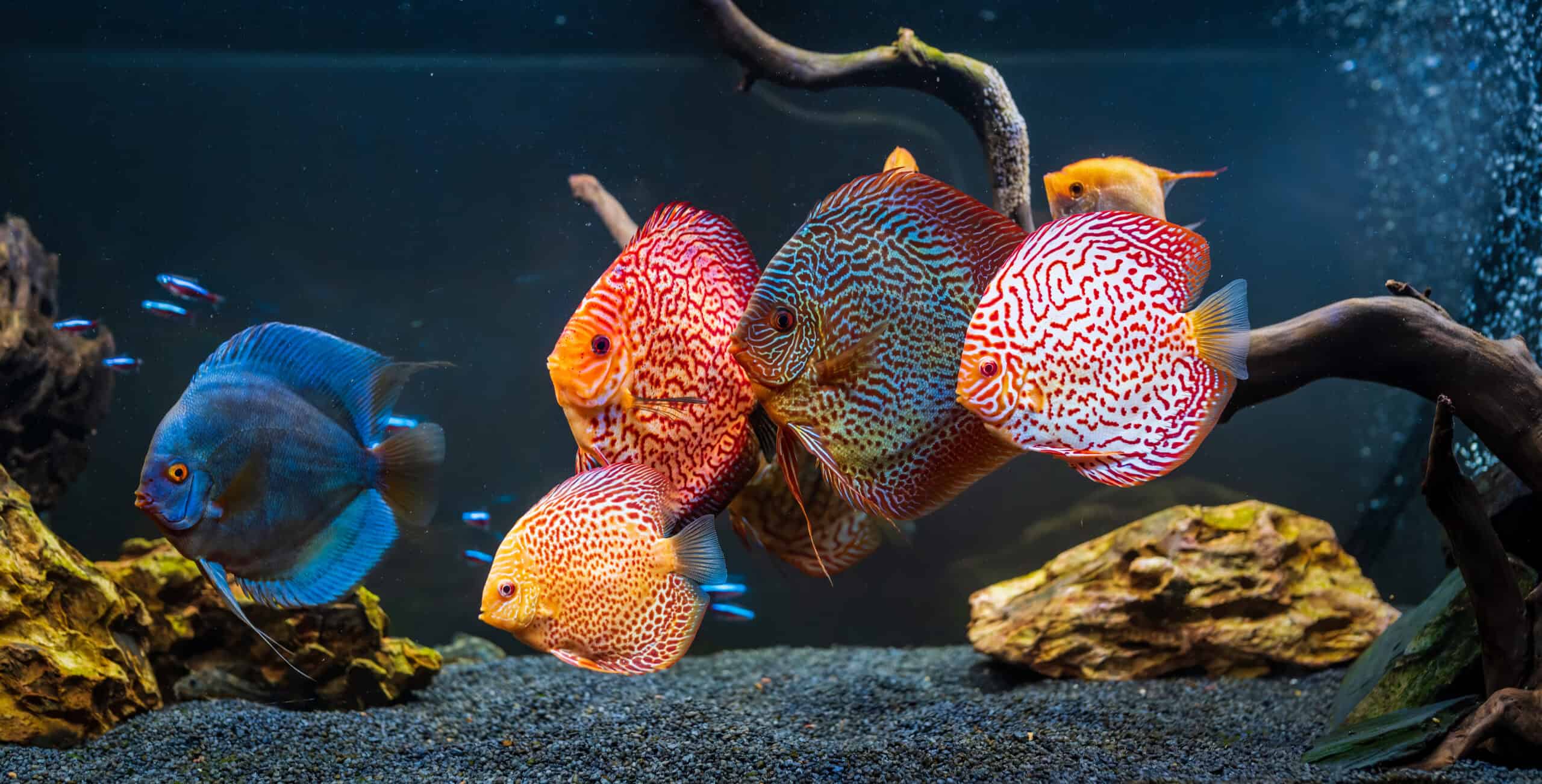
Discus Fish are famous for their round, colorful bodies and calm demeanor. Found in the Amazon Basin, they are difficult to breed and maintain due to their strict water quality requirements. Their social nature means they thrive best in groups, adding to their care complexity. These fish are often considered the crown jewels of freshwater aquariums. Their stunning color patterns and intricate care needs make them a rewarding but challenging choice for experienced hobbyists.
Clown Loach (Chromobotia macracanthus)
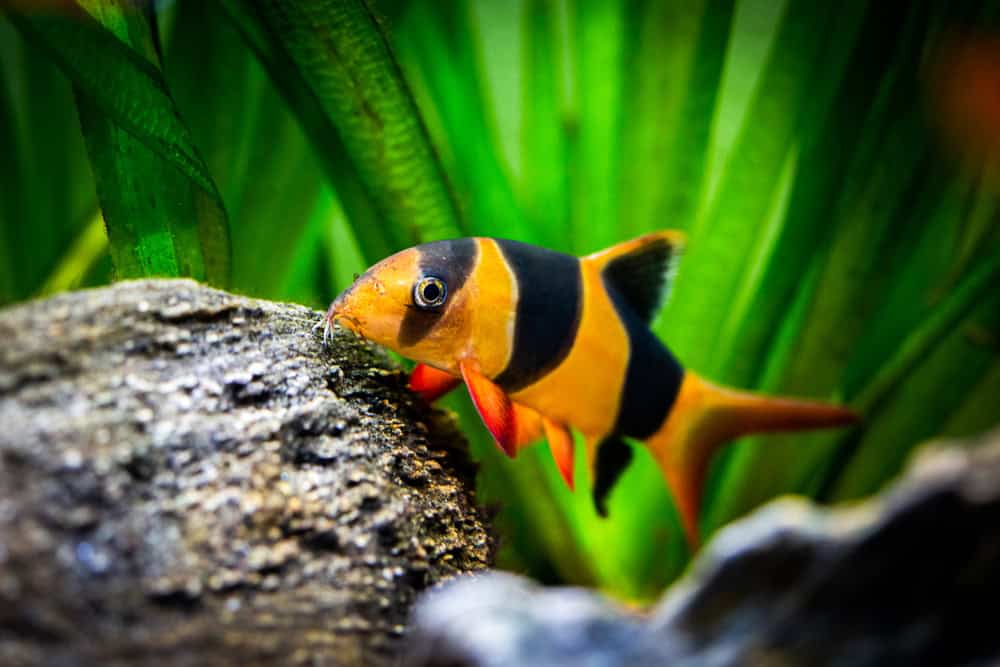
The Clown Loach is a playful, active fish known for its bright orange and black bands. Native to the rivers of Indonesia, it is becoming increasingly rare due to over-collection and habitat loss. They are social creatures that do best in groups, requiring large tanks to accommodate their size and activity level. Keeping Clown Loaches healthy involves providing them with a varied diet and pristine water conditions. Their unique personalities and striking appearance make them a favorite among fish keepers.
Black Ghost Knifefish (Apteronotus albifrons)
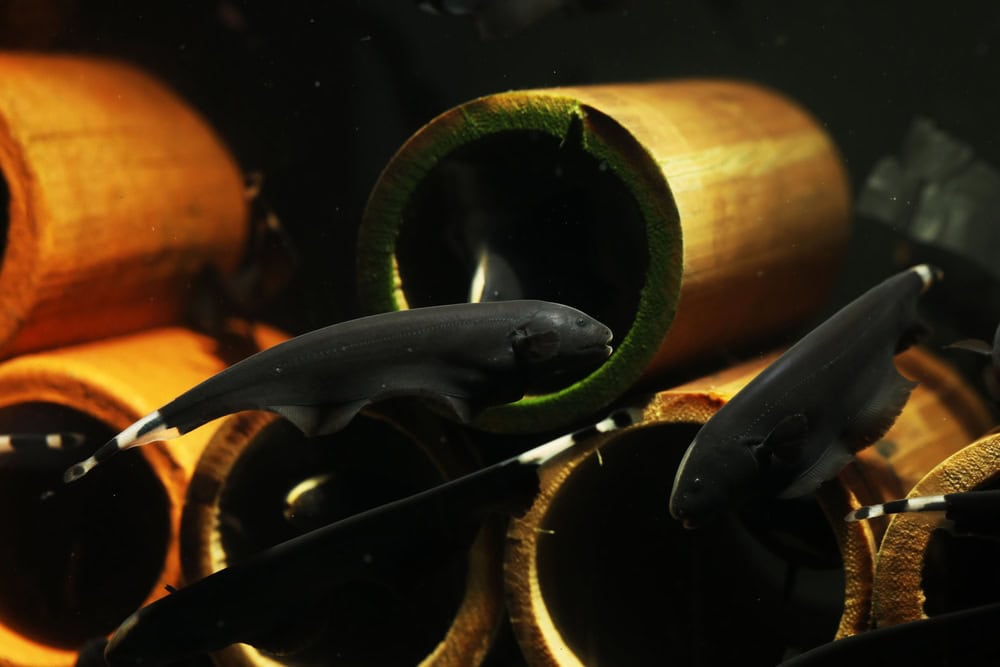
The Black Ghost Knifefish is a fascinating species known for its eel-like body and electric field generation. Found in South America’s freshwater systems, they require specific tank setups with plenty of hiding spots. Their nocturnal nature and sensitivity to water quality make them a challenging species to keep. Despite their care difficulties, they are popular due to their unique appearance and behavior. They can grow quite large, so a spacious tank is essential for their well-being.
Burmese Border Loach (Botia kubotai)
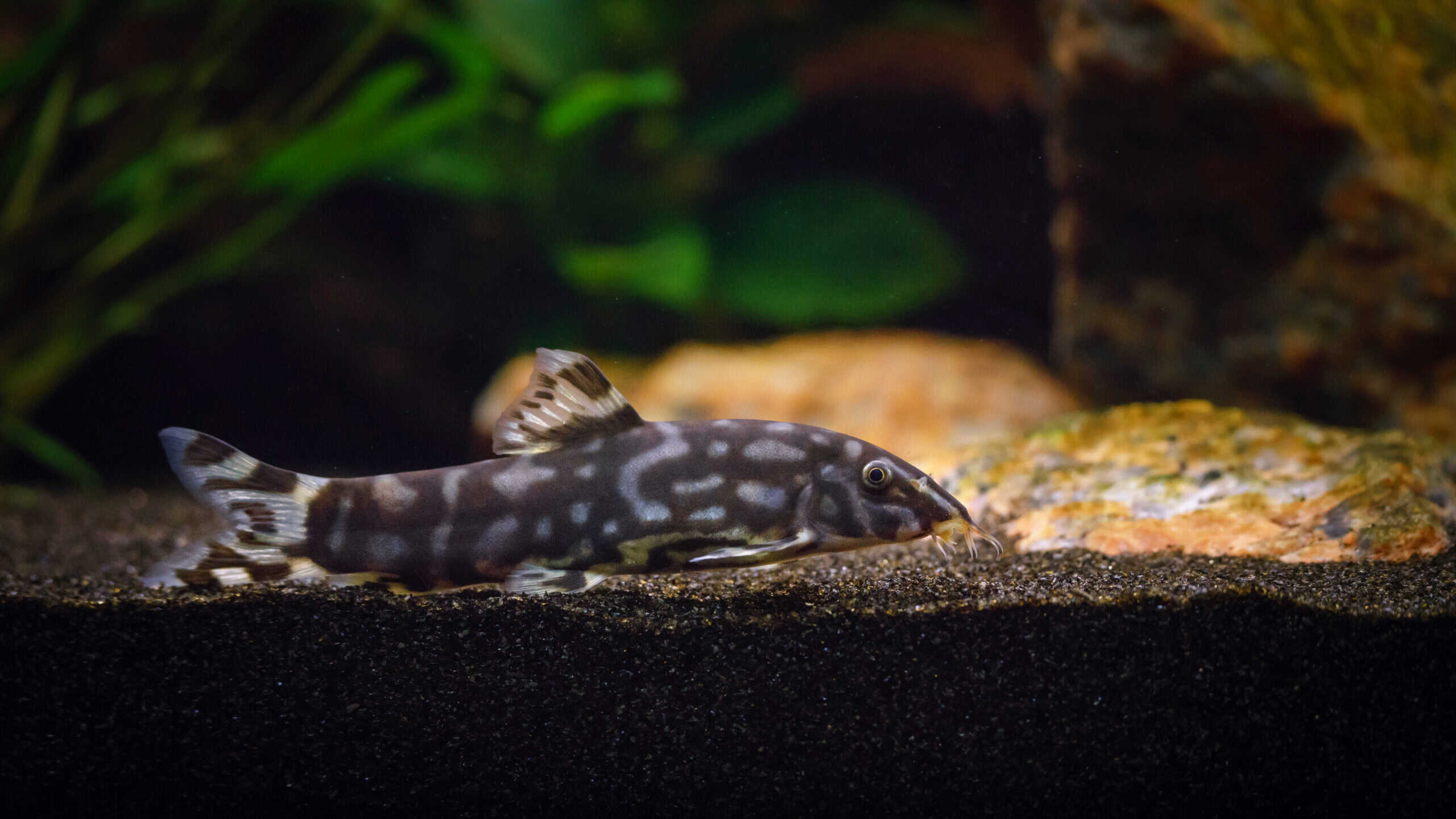
This loach is recognized for its beautiful pattern of spots and stripes. Native to Myanmar and Thailand, the Burmese Border Loach is hard to find due to habitat destruction and limited distribution. They are peaceful and thrive in well-planted tanks with plenty of hiding spots. They are relatively easy to care for but still require specific water conditions to thrive. Their striking appearance and gentle nature make them a great addition to community tanks.
Gold Nugget Pleco (Baryancistrus xanthellus)
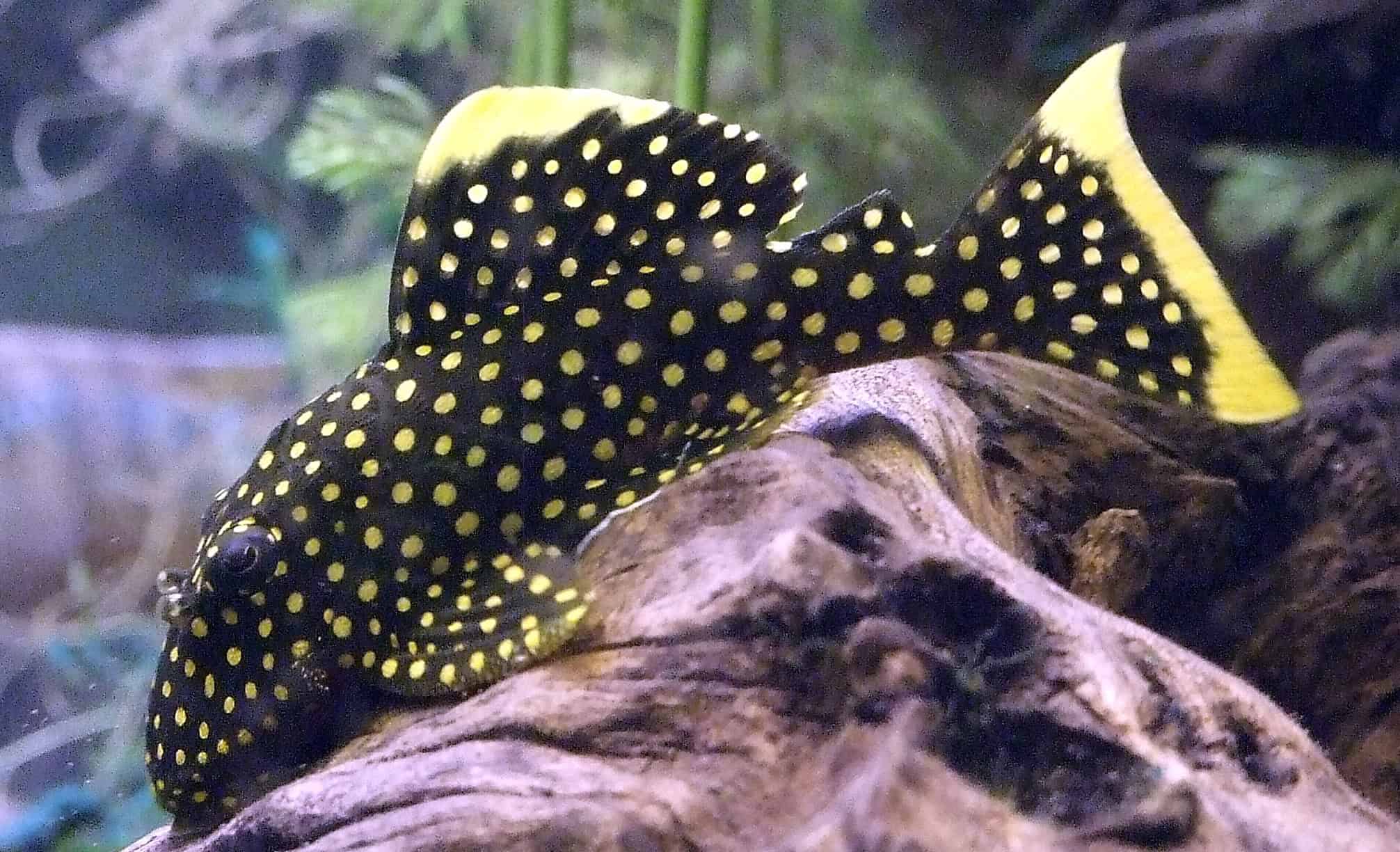
The Gold Nugget Pleco is admired for its golden spots and dark body. Found in Brazil’s Rio Xingu, they are hard to come by due to their specific habitat needs and the river’s environmental changes. They require excellent water quality and a diet rich in algae and vegetables. Keeping them healthy involves maintaining a clean tank with plenty of hiding places. Their stunning appearance makes them a sought-after species for dedicated aquarists.
Electric Blue Ram (Mikrogeophagus ramirezi)
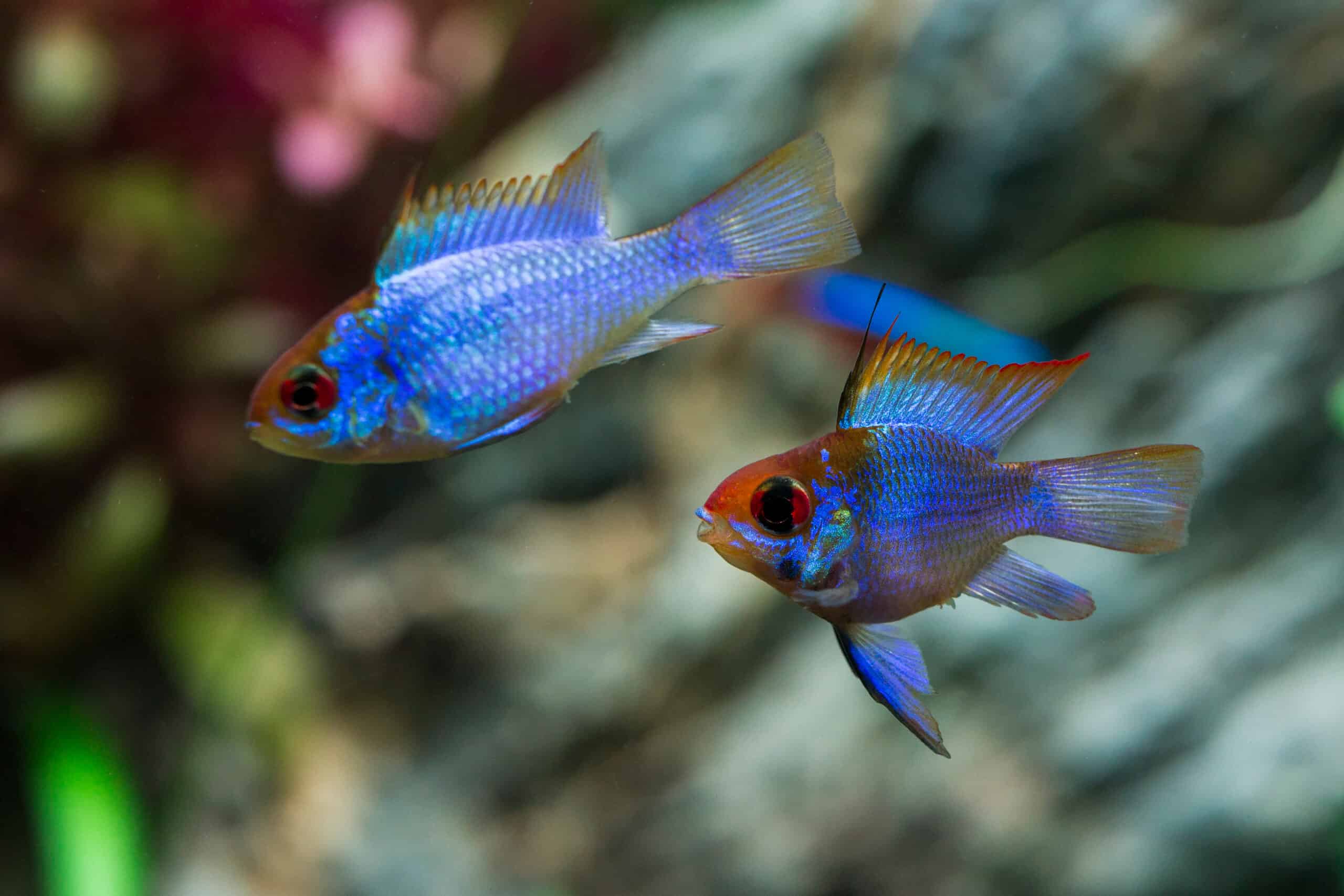
The Electric Blue Ram is prized for its bright blue coloration. Originating from South America, these fish require careful breeding to maintain their color and health. They prefer warm, slightly acidic water and a peaceful tank environment. Their beauty and relatively small size make them popular, but they can be sensitive to water quality changes. Providing them with a stable, well-maintained tank is crucial for their well-being.
This article originally appeared on Rarest.org.
More from Rarest.org
1957 Lincoln Penny Value Guide

More than six decades ago, the 1957 Lincoln penny was issued by the US Mint. Thus, it is not surprising that there are 1957 Lincoln pennies today worth hundreds and even thousands of dollars. Read More.
The 17 Most Intriguing Creatures of the Deep Ocean

The deep sea, an enigmatic realm shrouded in darkness, harbors some of the most mysterious and fascinating creatures on our planet. Read More.
Top 8 Rarest Trading Cards from Multiple Series
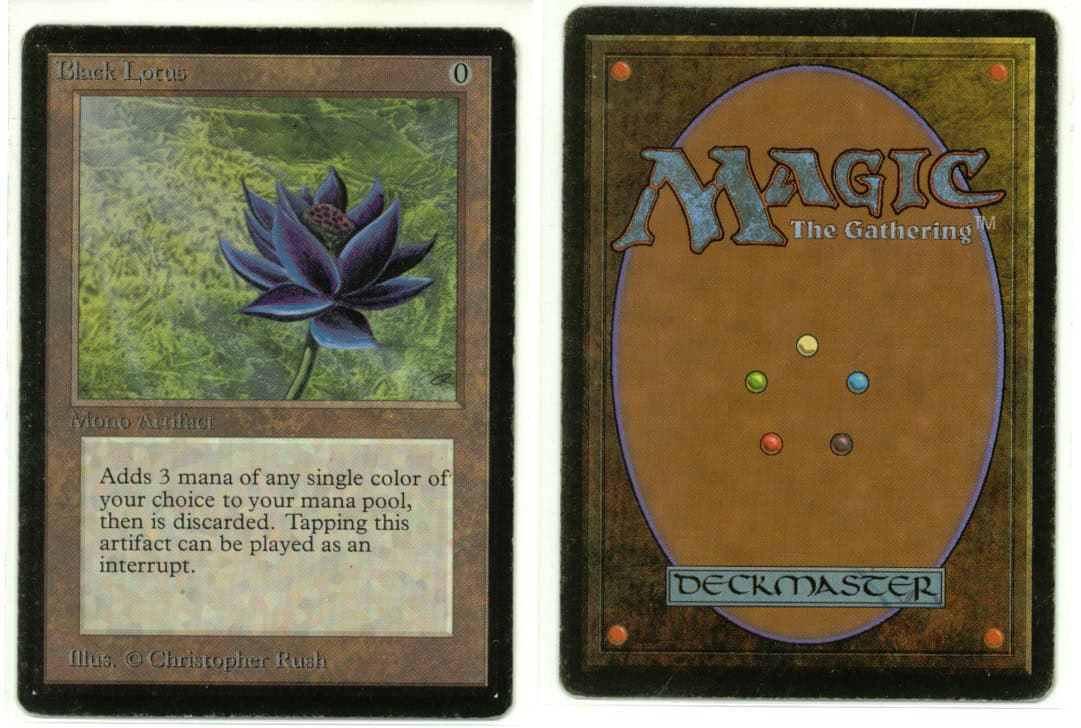
Trading cards have captivated collectors for generations. From sports legends to mythical creatures, these cards hold immense value and intrigue. Read More.
